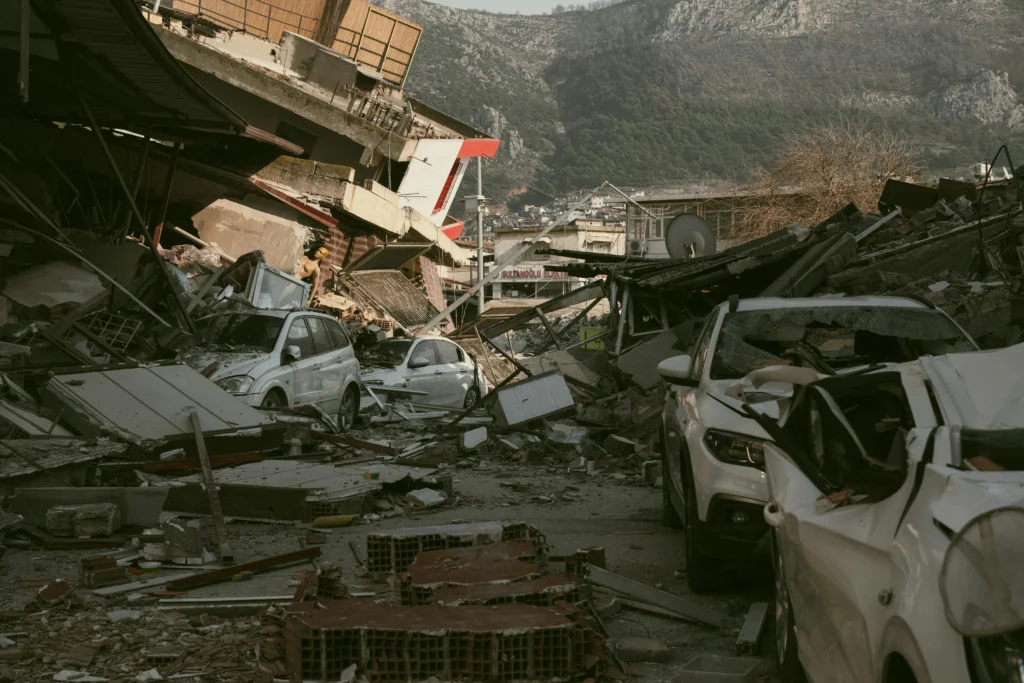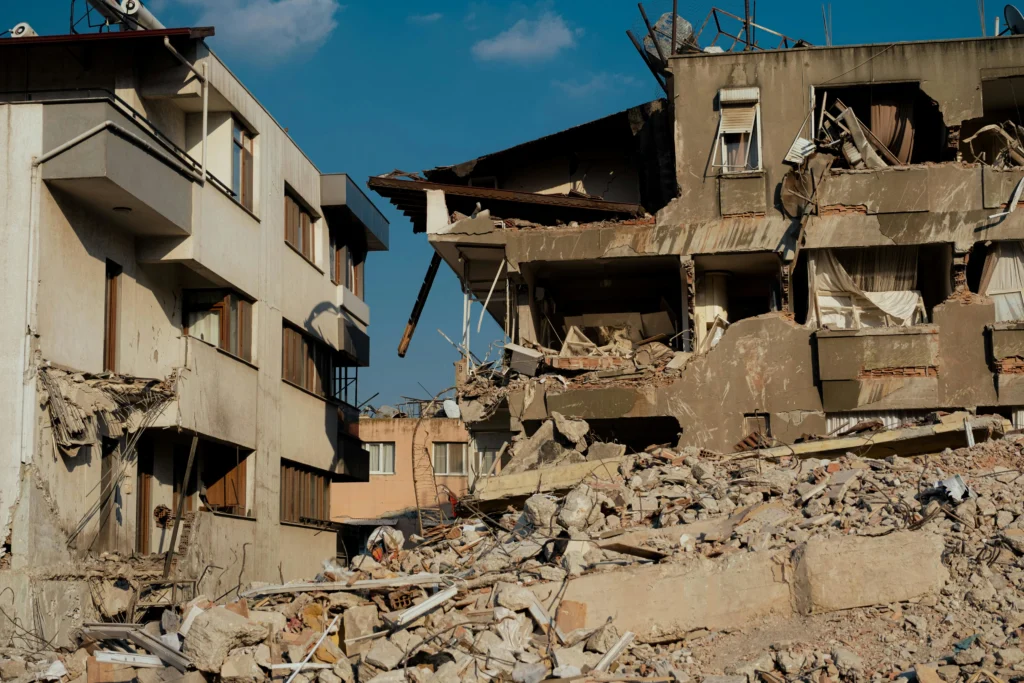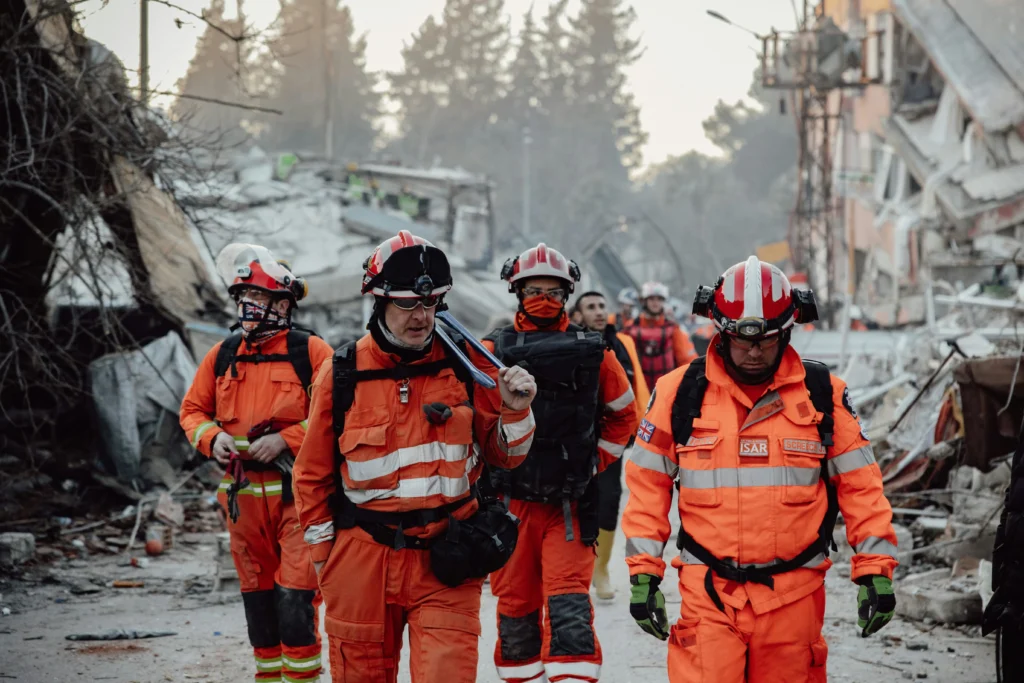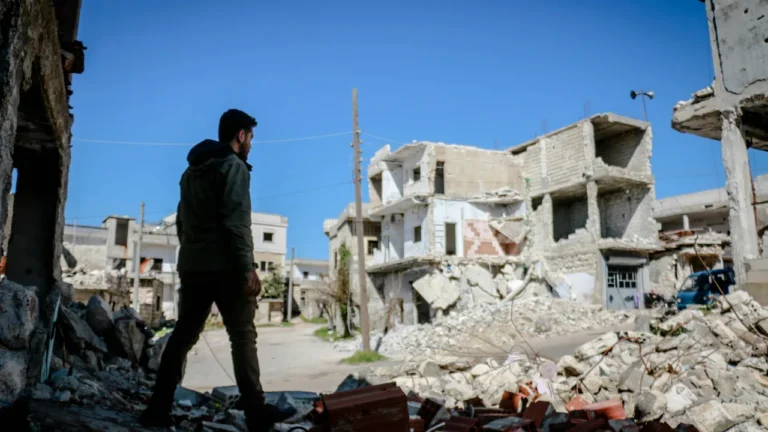September 1, 2025: Dubai, UAE: The 6.0-magnitude earthquake in Afghanistan late on Sunday night near the Pakistan border is expected to increase the death toll to Hundreds – though at least twenty fatalities have been verified. With a depth of just eight kilometers, the earth tremor observed at 11:47 p.m. occurred 27 kilometers east-northeast of Jalalabad in Nangarhar province. The shallow earthquake in Afghanistan produced death and damage strong enough to overcome the already terrible local infrastructure condition in the isolated communities struck by the earthquake, hence extending the damage throughout a much bigger region.
As the casualties number is expected to rise, and steeply in the forthcoming hours, authorities brace themselves for the occupation of urgent rescue and relief work.
Massive Destruction and Rising Casualties of the Earthquake in Afghanistan

The earthquake in Afghanistan made the villagers fear and tremors extended out to the east provinces of the country, where the houses of the people who lost their lives were destroyed and many were trapped under the debris. The Health Ministry’s officials took to Twitter to specify that 15 people injured have been registered at hospitals. At the same time, very hearsay reports point to an extremely higher number of dead and wounded. The initial report estimates of local government authorities consider the death of almost 30 people in a single village, while three villages have been destroyed entirely.
Sharafat Zaman, spokesperson of the Afghan Ministry of Health, communicated to Reuters. “There will be more injured and dead people, I believe,” “The staff is still in the field due to the difficulty of access and the problem of communications in the area. When our teams complete their work, we, God willing, will send more updated and real-time statistics,”
Relief crews are confronted with the challenge of reaching disaster sites when roads are blocked, infrastructure is destroyed, and aftershocks continue to strike. Approximately 20 minutes following the first quake, a magnitude 4.5 earthquake was experienced in the same area which has made the rescue efforts more difficult to conduct.

The earthquake in Afghanistan made the inhabitants of Nangarhar province terrified and so they are going out of their houses and moving to open lands and places which they think are safe. Natural disasters have played a major part in the region’s suffering, but it seems that the emergency response teams are prepared and quick enough to provide the medical, food, and shelter services for the displaced.
Recurring Disasters Compound Humanitarian Crisis
The earthquake in Afghanistan has only worsened the series of natural catastrophes seen this year. Two days before the earthquake, a severe flood killed five people and destroyed farmlands in Nangarhar. Highly earthquake-prone, this location is located in the Hindu Kush mountain range still very near to the junction of the Eurasian and Indian tectonic plates.
Last year, a chain of earthquakes in Herat province claimed more than 1,500 lives and destroyed or damaged 63,000 dwellings. Reported destroyed by a joint assessment by the United Nations, the European Union, and the Asian Development Bank.
With the history of more than forty years of war and political instability, Afghanistan is in a very difficult position when it comes to disaster responses. The downfall of the Taliban rule has resulted in a drastic drop in foreign aid leaving the disaster preparedness and relief efforts severely underfunded.

“The record of destruction from the earthquake in Afghanistan reflects not only the power of nature but also the fragility of the nation’s infrastructure and emergency systems,” said an international aid worker familiar with the situation. “Immediate international assistance is crucial to prevent further loss of life.”
As the search and rescue teams have not located the missing persons in Nangarhar, they continue their search. Besides the helicopters and ambulances, the local volunteers are also removing the debris in the hope of finding those people who are still alive. Medical staff are setting up provisional hospitals as the number of the injured is growing.
The officials are concerned that the death toll of the earthquake in Afghanistan may extend to a few hundreds after the reports of deaths in isolated villages. The aid organizations that are both local and international, such as the Afghan Red Crescent, have already sent out a call for help as they consider that there is a need for emergency funds, rescue vehicles, and medical disposables.
The U.S. Geological Survey has provided a warning that there is a possibility of aftershocks in the coming days. Therefore, the danger for the already affected structures is even higher. People have been told not to enter the buildings that are destroyed and to keep away from the epicenter.
While the nation is still in shock from the disaster, the earthquake in Afghanistan is, unfortunately, another lesson in the ongoing demand for disaster preparedness, the erection of resilient structures, and the rise of global humanitarian commitment.
Also Read: UAE Villages Project: An Initiative For Remote Communities
















